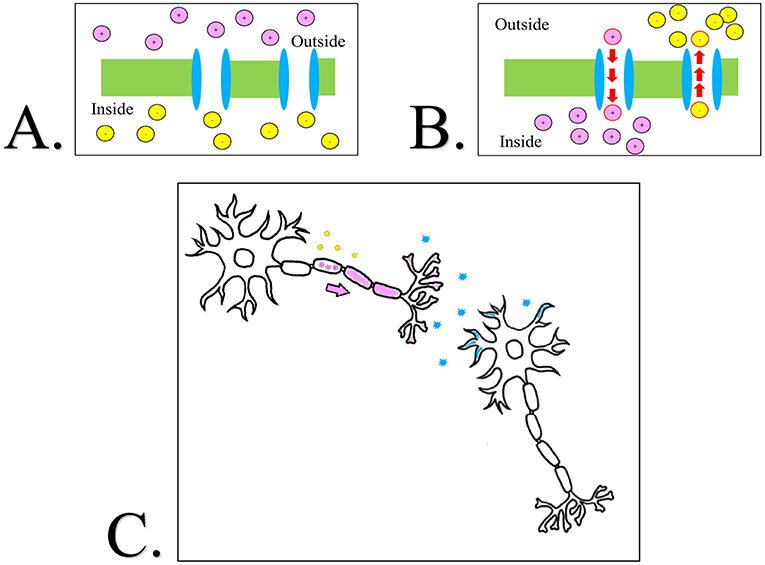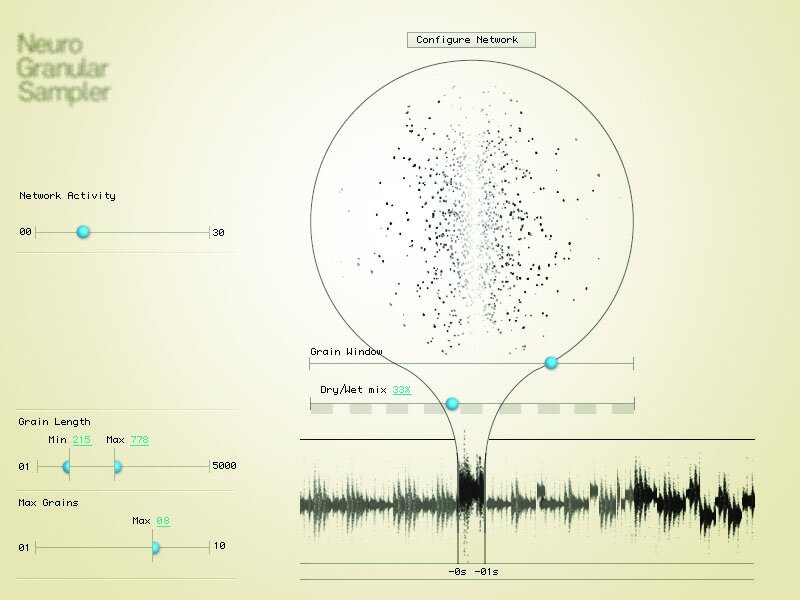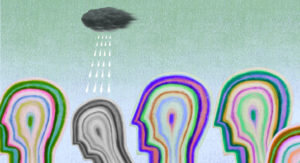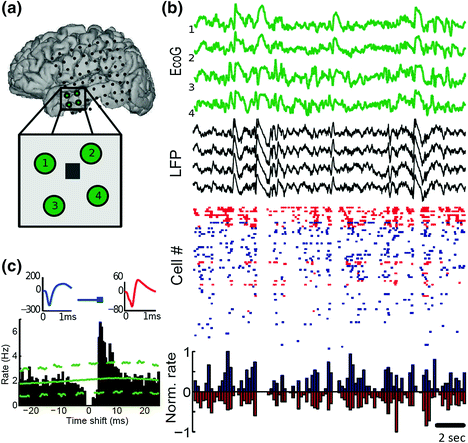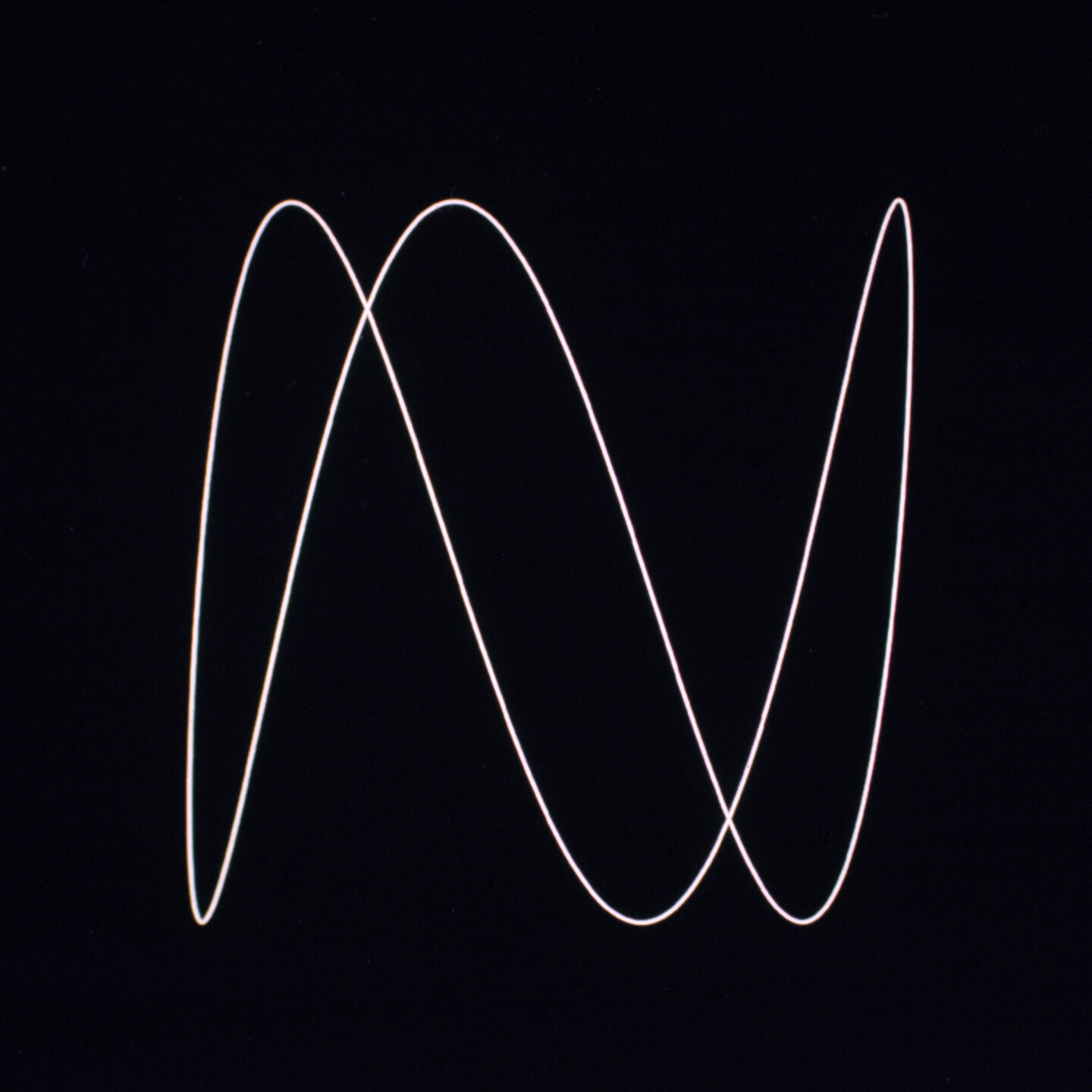Background
(Image Source: The Spikiss Project)
Synapses are the points of contact or electrochemical connections between two neurons or brain cells, where information flows from one neuron to another, forming a vast network across the brain.
When a signal is transmitted from one neuron to another, the one sending the signal will release neurotransmitters or chemical messengers to be received by the other neuron, releasing electrical charges in the process. Depending on the amount of the information being transferred, the electrical charge varies. These charges can be recorded by external electrodes, and has since its discovery been pertinent to the field of bioengineering and even sound research.
How Synaptic activity can produce music
When neurons engage in synaptic activity, they "speak" to one another through electrical signals that are fired at various speeds and quantities. This patterned intercellular communication likened beats in a song, and sound researchers saw this as an opportunity to capture and translate neural signals into melodies.
(Image Source: The Spikiss Project)
(Image Source: The Nexus)
To record the electrical signals, researchers would insert neural-recording electrodes near firing neurons and detect spikes in extracellular voltage. These intracranial spikes recorded as EEG data are visualised on a time-series graph that plots the firing frequency over time. These data plots would then be mapped to different musical notes and instruments to create neural music.
(Image source: The Spikiss Project)
Over the years, many neuroscientists have been dabbling with synaptic responses to generate music. Some have delved into live signal converters to perform live "brainwave music" such as the EEGsynth.
In the case of Simoné Sun, a neuroscientist and music producer, she developed a software that can map the data generated by synaptic responses into music. In her software, the amplitudes of recorded neural spikes are assigned to various midi notes. What this produces is a series of keys laid out across a period of time that can be assigned to any instrument in any Digital Audio Workstation (DAW) to generate music.
(Image Source: Wired)
Brain Music Therapy
(Image Source: Music for Brainwaves, Erased Tapes)
Music generated from synaptic activity have been found to have therapeutic properties such as influencing people's breathing rates and making them more relaxed by inducing a personalised tempo.
Tune In To Some Brain Music
We do note own any of the music listed below. All rights belong to Alain Destexhe and Luc Foubert.
The tracks listed below were composed by recording synapatic "spikes" in human subjects during the The Spikiss Project in June 2016.
Wake Beats – Listen
Slow Waves – Listen
REMiniscence – Listen
Find out more here








